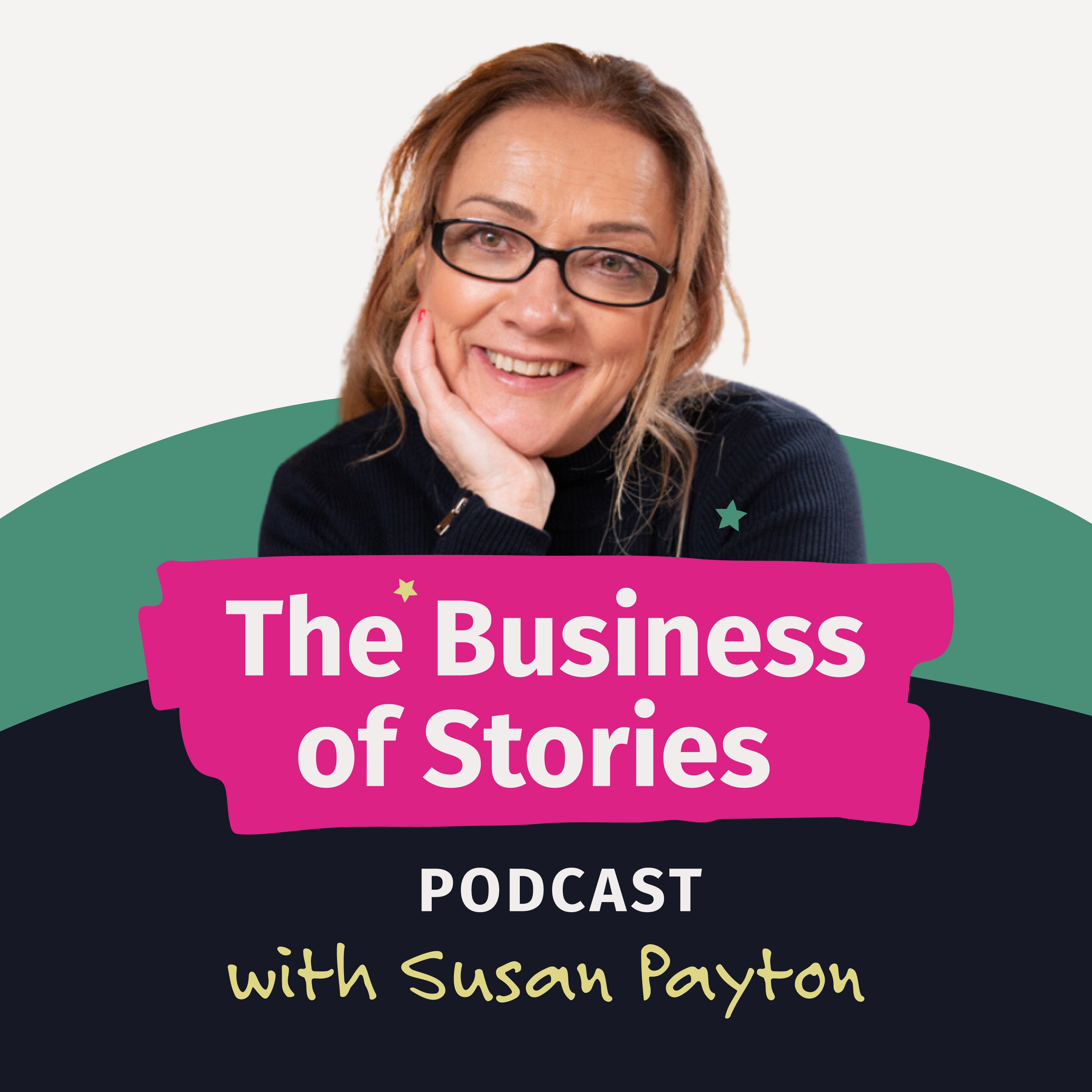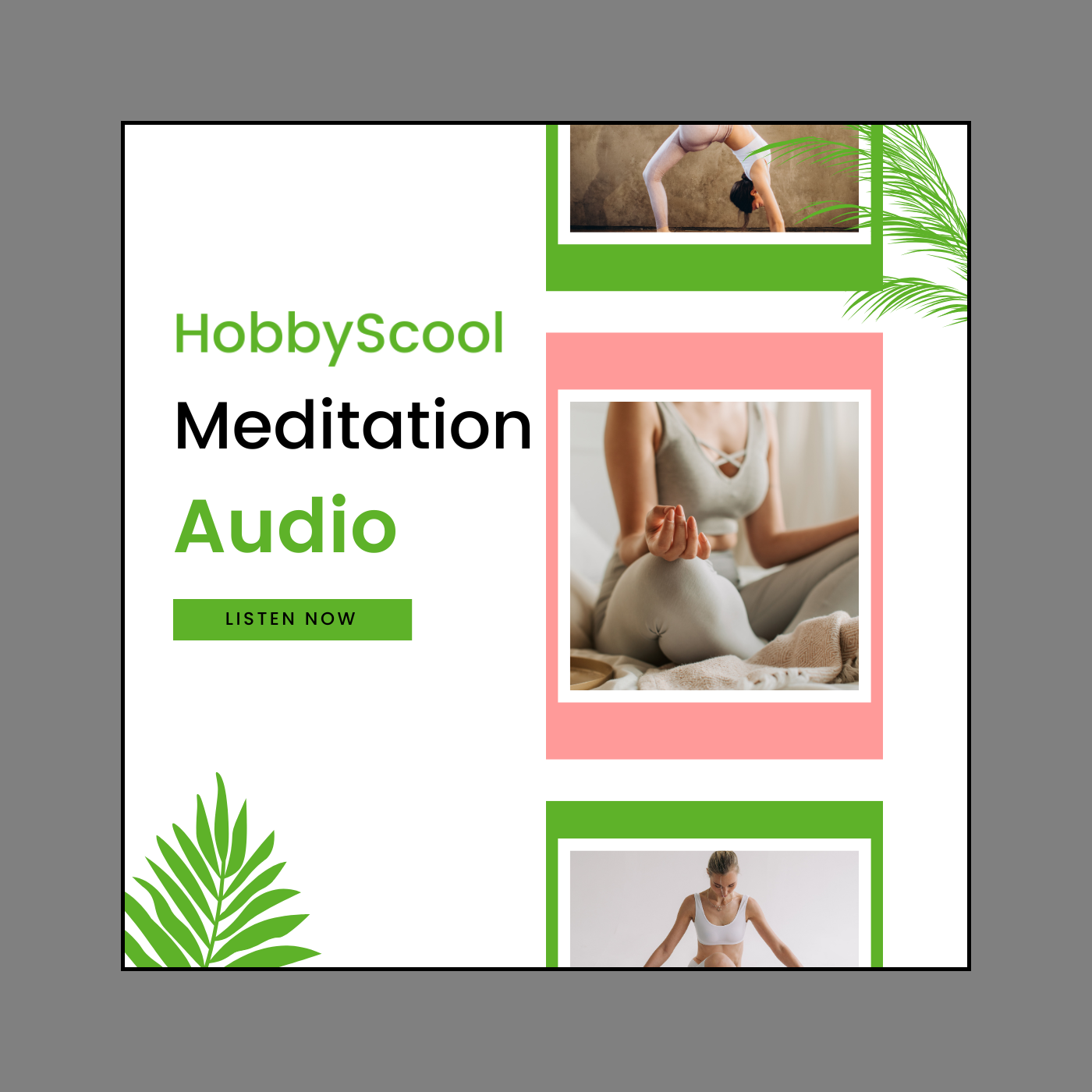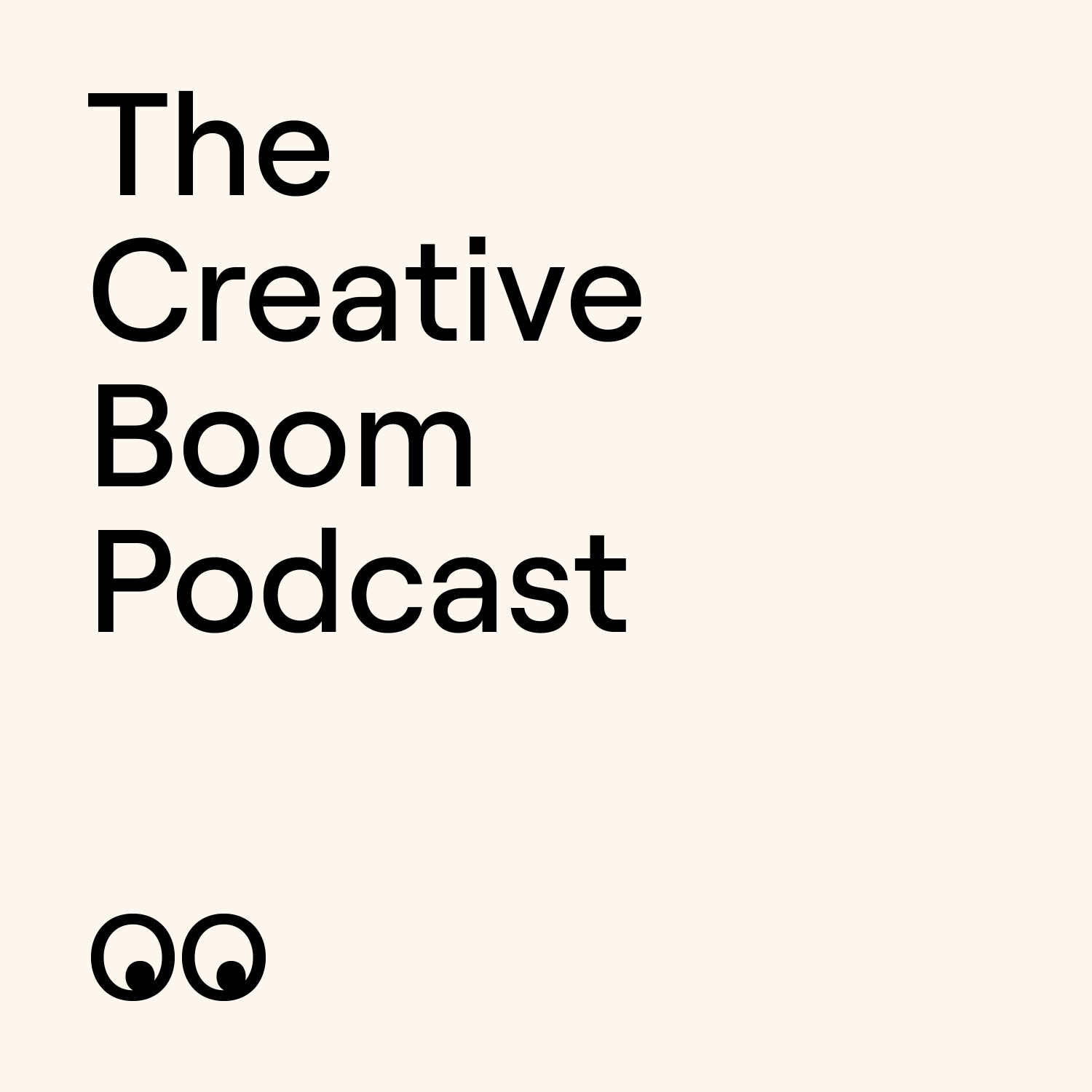
The Creative Jugglejoy Podcast
Welcome to "The Creative Jugglejoy Podcast," where multi-passionate mompreneurs find their community and inspiration.
Hosted by Kaylie Edwards & Co-Host Delores Naskrent, this podcast is dedicated to creative-minded women balancing the beautiful chaos of life, motherhood and entrepreneurship.
Are you a creative or mom who juggles business, passions, self-care, and family responsibilities?
Do you strive to pursue your creative dreams while raising a family? This podcast is for you!
Each episode dives into:
Balancing Business and Parenthood: Tips and strategies to manage your entrepreneurial ventures while nurturing your family.
Inspiration and Empowerment: Stories from successful multi-passionate creatives who have turned their creative passions into thriving businesses.
Mindset Mastery: Overcoming societal expectations and finding confidence as a mother and businesswoman.
Marketing Your Creations: Practical advice on promoting your creative business and building a strong personal brand.
Real Talk: Honest discussions about the challenges of juggling multiple roles and finding solutions to make it all work.
Join us every week as we explore ways to embrace your multi-passionate nature, unlock your creative potential, and thrive as a mompreneur or creative woman.
Whether you’re just starting out or looking to scale your business, "The Creative Jugglejoy Podcast" offers the support and resources you need to succeed. At least two co-hosted or interview episodes a month and a solo episode each per month for you to dive into.
Subscribe now and start your journey towards finding joy in the juggle!
The Creative Jugglejoy Podcast
Your Style Isn't Missing
Ever feel like your art is all over the place?
That you’ve tried everything but still haven’t found “your style”?
In this gentle solo episode, Delores Naskrent (co-host of the Creative Juggle Joy podcast) invites you to pause the noise, look inward, and begin uncovering the artistic voice that’s already within you.
Delores shares heartfelt stories, hard-earned wisdom, and simple practices to help you reconnect with your creative identity — from curating a body of work to building intentional collections that feel truly you.
Whether you’re a painter, digital artist, surface designer, or somewhere in between, this episode is a warm nudge toward clarity and confidence.
It’s a reflective, encouraging listen for any artist feeling lost, unsure, or overwhelmed by the pressure to “find your voice.”
Let us know if this episode lands with you — send a DM, email, or voice note!
Don't miss an episode—subscribe to The Creative JuggleJoy Podcast! Follow us on social media and join our email lists for more tips, stories, and updates on new episodes.
Kaylie Edwards - Instagram - Website - Facebook - Threads
Delores Naskrent - Website & Digital Art School - Instagram - Facebook - Pinterest - Youtube
- Procreate Foundations Course
- Affinity Foundations Course
Delores Naskrent (00:05)
Hello lovely souls and welcome back to the Creative Juggle Joy. It's just me today, Delores here with a quiet cup of tea and a thought that's been kind of simmering on my heart. If you've ever looked at your art and thought, where is my style? Why does my work feel all over the place? And you've just been hearing so much about Signature Style. I want you to know you're not alone.
Truly. This whole idea kind of came about with me after having a long coaching call with a student I've had for quite some time. So today I wanted to talk a little bit about two things that often go hand in hand and we discussed when we were meeting that day.
One of them is finding your artistic voice. And then once you start hearing it, how to start to build a body of work that helps to really open doors for you, real doors.
So let's start that part first. I talked to so many creatives who feel unsure about their style. They've taken courses, they've tried lots of tools, they have followed amazing artists online, they may have even built up some skill, but still they feel like they're failing when it comes to finding their unique voice. And if not failing, then flailing.
and I completely get that. You know, when I first dipped my toes into digital art after years of what you'd consider more traditional art, I felt like a beginner all over again. I was watching tutorials left and right. I was downloading brushes. I was teaching Illustrator and Photoshop. I was also teaching Fine Arts.
And I was also trying out every new feature in the new programs that were coming out like Procreate. It was exciting, but it was also really overwhelming. And here's what I realized. Too much input can really drown out your own voice. Now I don't want to discourage you from watching tutorials and from, you know,
taking my classes, for example. And it's not that tutorials or inspiration are bad and we all need them. But when we're constantly looking outward, it becomes very hard to hear what's already whispering inside us. So if you're just that phase where everything feels messy and unclear, take heart. Your style isn't lost, it's just buried. It's buried under just too much noise.
So let me give you some advice on a few gentle ways to start uncovering it. Number one, I would say pause the input. So give yourself a quiet window. Maybe it can be just a few days or even a week, maybe right after you've done tutorials. But take a break with no tutorials and without scrolling other people's work and just create for yourself.
Number two is I'd say look backwards. So lay out some of your older pieces. Look for the common threads, colors you like, and you're always returning to shapes that you love, maybe textures that show up even when you're not trying. There is a through line here, I promise. One of the things that can be super helpful is to
have a bunch of these items printed off so you can lay them out and take a look at them for a few days. And then I think number three, I would advise you to maybe just pick one style, make one artwork using one palette, one subject, and then see what bubbles up when you give yourself fewer choices.
I know that sounds weird, but often our true style emerges when we're not just chasing the trends, but we're just responding to what feels right. So if you have created an artwork, maybe you've taken a class and you really like that style that you created, this is not the time to go on to something new. This is the time to repeat that one subject, that one palette,
that one look over and over with additional input. For example, I mean input in the way that you might look at that subject matter and change the direction that you're seeing. Maybe it's a floral piece that you've done. Well, do another one.
Use some other flowers, but keep the color the same. Keep the textures the same. Keep the composition similar. Do a bunch of pieces that if you were to print them off and lay them out, look like they really go together.
And above all, be patient with yourself. This artistic voice isn't something that you invent or you create. It's you. It's something that you remember.
Now let's also segue here into building a body of work that will open doors for you. So let's shift into the next piece of this conversation because once you start hearing your voice, the next question often becomes, okay, I hear you, but how do I pull this all together? How do I create a portfolio or how do I feel something or create something that feels professional and intentional?
I get asked this all the time. This is totally what I talk about when I am coaching somebody. We're often told you need a consistent body of work. I was told that. That was one of the first things that I was told by my agent. But it's almost like I didn't know what that actually meant. know, like I still kind of flailed around for a bit and it...
eventually made sense to me because he showed me a ton of reference and it helped put it into perspective what that really meant. So I can tell you what the opposite of a consistent body of work is and that's when you take a look at all those things that you have laid out that you've printed and it feels like a jumble
of different styles and different subjects and different formats. And here's what I want you to hear very clearly. Variety in your work is not a flaw. Your range is beautiful. It just needs to be curated. So think in terms of a gallery wall. Not every frame is the same, but together they tell a story. And that's what a strong body of work does.
So let's, I'm gonna walk you through a few simple steps and this is exactly what I talked about with my student that was my victim for my coaching, let's just say. She got to hear all my advice, just like literally we were having a conversation like we were sitting and having a coffee together.
And these are a few of the simple steps that I outlined to her. In fact, at the end, I had regretted that I hadn't recorded the conversation because I think it would have been really helpful for her and also would have given me a really good outline to follow when I am advising people on this exact question. But I'll tell you the things that I told her. And the first one was to pick a theme.
So to start small and choose something that she's curious about, it could be anything. Honestly, it could be flowers. It could be moths or could be memories or cozy home scenes or cute little animals. It doesn't have to be like really groundbreaking. It just has to mean something to you. Now, the next step is to create a collection. So from that one thing that you decide on,
I would say aim for five to 10 pieces that explore that theme. So keep the colors or tools somewhat consistent to help it feel like a family of work. And then number three, I would say, tell the story, write a little blurb, even if it's just a paragraph about what inspired the collection. That personal touch adds depth and it helps people connect with your work and
It is really helpful for you as well. It's really great to be able to look back at your stories as you start collecting them and creating these collections. like don't not do this. This is something I would suggest that you do because I think you're gonna find that in the long run, a lot of times this story is gonna be what
comes first before you even pick a theme or create a collection.
And then finally, this is something I tell absolutely everyone. It's the way I probably end 90 % of my classes. And that is to use mock-ups or real photos to show how your art could live in the world. On prints, on textiles, on packaging, whatever it's going to fit. This makes your work feel tangible and it makes it ready.
for opportunities like licensing or wholesale or client projects. These people that you're trying to reach, they need to see what it is that you see. And that's best done using mock-ups, in my opinion.
So let me say this again and gently. You don't really need to have all of this figured out at once. My conversation with my student was basically all about this and at the end, this is exactly how we ended. We don't need hundreds of pieces. You don't need to be like working and working and trying to create a whole bunch of stuff. One intentional collection.
can really begin to open doors.
one intentional collection can begin to open doors, I usually suggest one to three in your pocket so that if you can approach
opportunities like art licensing with one it's also great to have two of them in your back pocket in case they want to see more.
So my dear friends, if you've been feeling behind or messy or unsure, flailing or failing, please take this to heart. If you feel unsure of your creative voice, your style isn't missing. It's already there. It's within you. It just needs time, space, and some lovely attention.
I think that a great place to start is by sinking your teeth into a project, maybe a class like you have seen, something that has inspired you in the past, an artwork that you have, that you liked and you could handle the actual production of it. I think you take that one project and you do
a few copies of it, aim for five or ten. And I think that's going to help you start creating from that place. And I think your body of work will grow naturally. And the right people, they'll start to see you.
As much as possible, you need to share and don't feel like you need to fit into one style box. You just need to show up and show up with intention.
Take it from me, I have tried and done almost everything in my many, many, many years as a professional designer, as a teacher. I have tried a little bit of this and a little bit of that. And there are times when all I want to do is focus on my large abstract wall pieces or
Sometimes when I just want to do fun floral repeat patterns, just decide on one of those things at a time. And I can tell you from experience, because I can look back at this and I can say, you know what, that did work or that did work. you can just rest assured that those are things that you will be able to do over the years as you work as an artist.
I hope today's episode gave you something to reflect on. Maybe a little bit too much. This was kind of a reflective one, but I hope it has given you maybe a little burst of courage as well. If it did, I would love to hear from you. You know that you can always reach out and truly it really means the world to both Kaylie and I to know that these conversations land with someone out there. So please comment.
Send any information or questions that you have to either of us. Reach out through our social media channels or through my school. You can reach Kaylie through the links that you'll find below, but do reach out. We love that. And until next time, keep juggling, keep creating, and most importantly, keep finding joy in the process.
Podcasts we love
Check out these other fine podcasts recommended by us, not an algorithm.

The Professional Creative
Bonnie Christine
Art + Audience
Stacie Bloomfield
The Business of Stories with Susan Payton
Susan Payton
HobbyScool Meditation for Stress Relief
Destini Copp
Creator's MBA: Marketing Tips for Digital Product Entrepreneurs
Dr. Destini Copp
Strategy Hour | Online Marketing for Business Growth
Abagail Pumphrey - Business Strategist
Creative Pep Talk
Andy J. Pizza
Scale with Success®
Caitlin Bacher
The Mel Robbins Podcast
Mel Robbins




